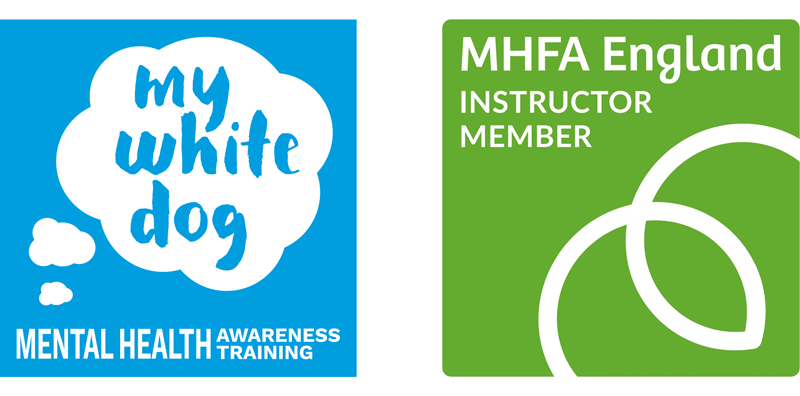
23 May How To Support A Teenager With Anxiety
Bringing up a teenager isn’t easy, and it can be even more complex if you have a teenager with anxiety.
Imagine you are about to do something outside of your comfort zone, perhaps a presentation to a group of people you know. You might immediately notice a change physiologically, mentally, emotionally behaviourally; sweaty palms, overthinking, or you start pacing the room, perhaps one or all these experiences.
‘It’s not things in themselves which trouble us, but the opinions we have about these things’ – Epictetus 55-135 AD
The good news is these are normal experiences of anxiety which can help motivate us, drive us towards our goals and problem solve. They are not always harmful, although if you recognise ongoing signs or symptoms of anxiety, and they impact you on a day-to-day basis including your work/life/relationships, it’s then important to seek professional help. But having positive intervention in place can help to reduce any feelings of overwhelm, e.g. ‘real time strategies’, see below.
One of the common experiences that can feel overwhelming is ‘over thinking’ or ‘negative thinking’, also known as cognitive thinking distortions. Here are some common ones:
‘I’m not good enough, I always fail’
‘Whatever can go wrong will go wrong in a big way’
‘I always forget my lines’
‘People will laugh at me’
‘I’m never going to finish this work’
These are normal levels of anxiety and it’s key to remember, that they are just thoughts, they are not permanent, they can be challenged.
‘Awareness creates agency for change’…Ekhart Tolle
The biggest challenges
Some of the biggest challenges for our young people are what others think of them, fear of social situations, and anxiety about past imperfections. It is likely that they also experience some of these cognitive thinking distortions. I speak regularly to parents of young people who are concerned about external factors such as bullying, social media pressures, relationships, (and boundaries), exam stress, and other environmental challenges, (including the current impact of cost of living, and global warming).
When it comes to teenagers with anxiety 1 in 6 young people will experience an anxiety problem at some point in their lives, so 5 pupils in a class. (2.2% of 5–10-year-olds and 4.4% of 11–16-year-olds). Having effective strategies to help reduce overwhelm, increase self-awareness and self-regulation can make a difference to our mental health and wellbeing. Here are some examples:
Worst/Most likely/Best Case Scenario
Identify the worst-case scenario, then the most likely-case and the best-case scenario.
Worse case scenario: Using the presentation as an example, ask yourself, “What is the worst-case scenario?” It might be “I forget my lines, and I will feel humiliated, but I will get through it but not enjoy it”.
What is the most likely case: “I will be nervous, but I will take my time and find my way through it.”
What is the best-case scenario, “I’ll find humour to manage, and the audience will laugh with me”.
Cognitive distorted thinking
The other intervention is to challenge some of the negative thinking or cognitive distorted thinking:
- Have you experienced this before? If so, what happened and what did you do to manage this, and who helped you?
- How do you know? What evidence do you have of this?
- Is there a time when you didn’t feel like this?
Notice there isn’t a ‘why’ in there because this can sometimes feel challenging if a Young Person is feeling vulnerable.
When you are supporting someone else, the important thing is to be non-judgemental and recognise that these experiences are real for them, so accepting them as they are and having a genuine interest will help them to build confidence and strategies of their own.
Four real-time strategies to manage overwhelm (for all)
- Breathing. Breathing in for 5 and out for 7 will help to create a calmer perspective, both emotionally and physically
- Use your senses. Identify 5 things you can see, 4 things you can hear, 3 things you can touch, 2 things you can smell, and 1 thing you can taste.
- Take a walk, getting outside is a great way to gain a new perspective.
- Challenge some of the thinking that you are experiencing, maybe write a journal. E.g. What can I change, can anyone help me in this moment, and what evidence do I have?
Ongoing strategies to build resilience (for young people).
- Let young people make mistakes and build self-discovery.
- Nurture positive self-view, help manage emotions, model resilience.
- Having routines.
- Teaching self-care
- Move towards goals.
- Teach problem solving.
As parents/carers/teachers we might not be a mental health expert and may not always get it right, but it’s important for them to know you are there for them, rather than worrying about whether you have said the wrong thing.






